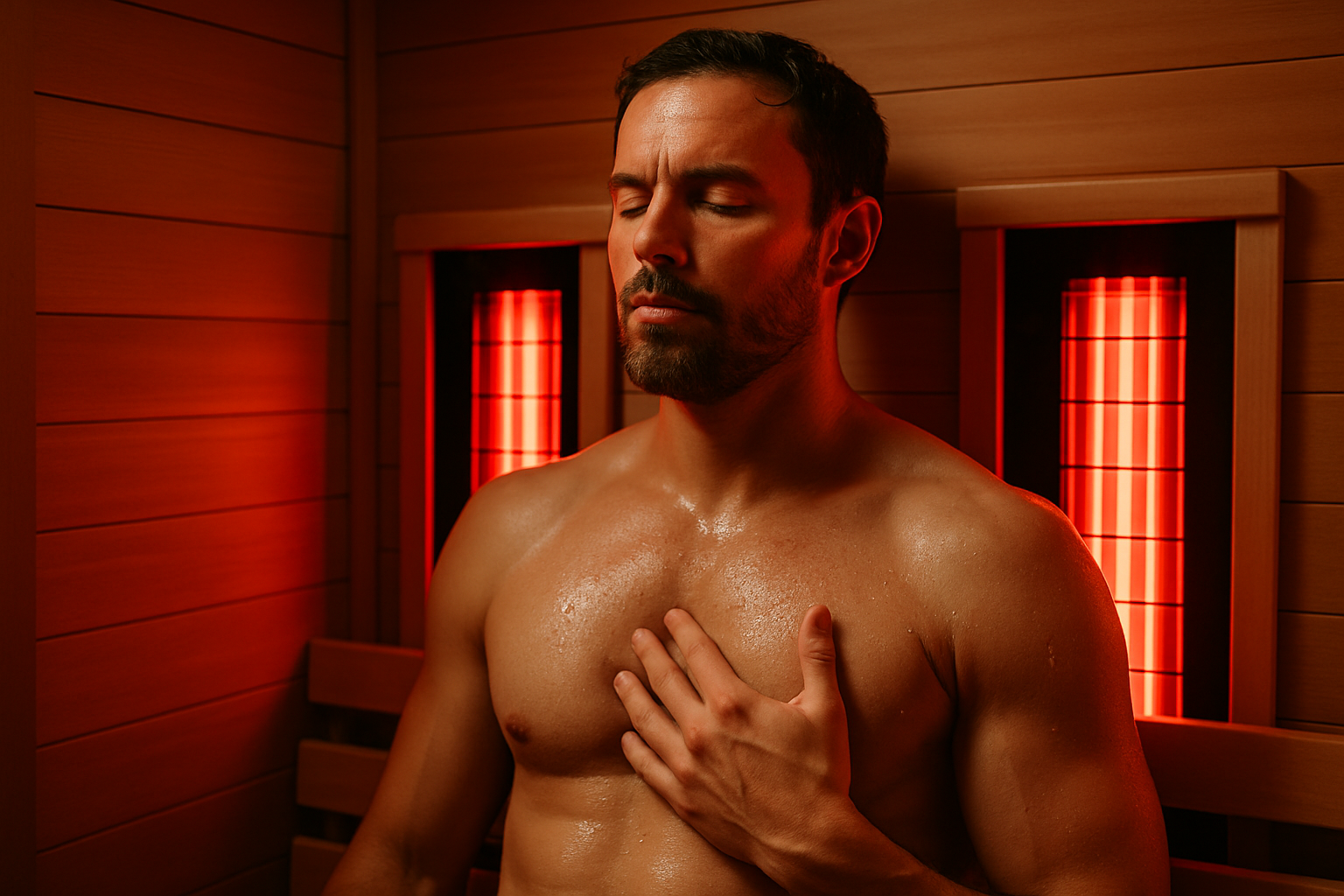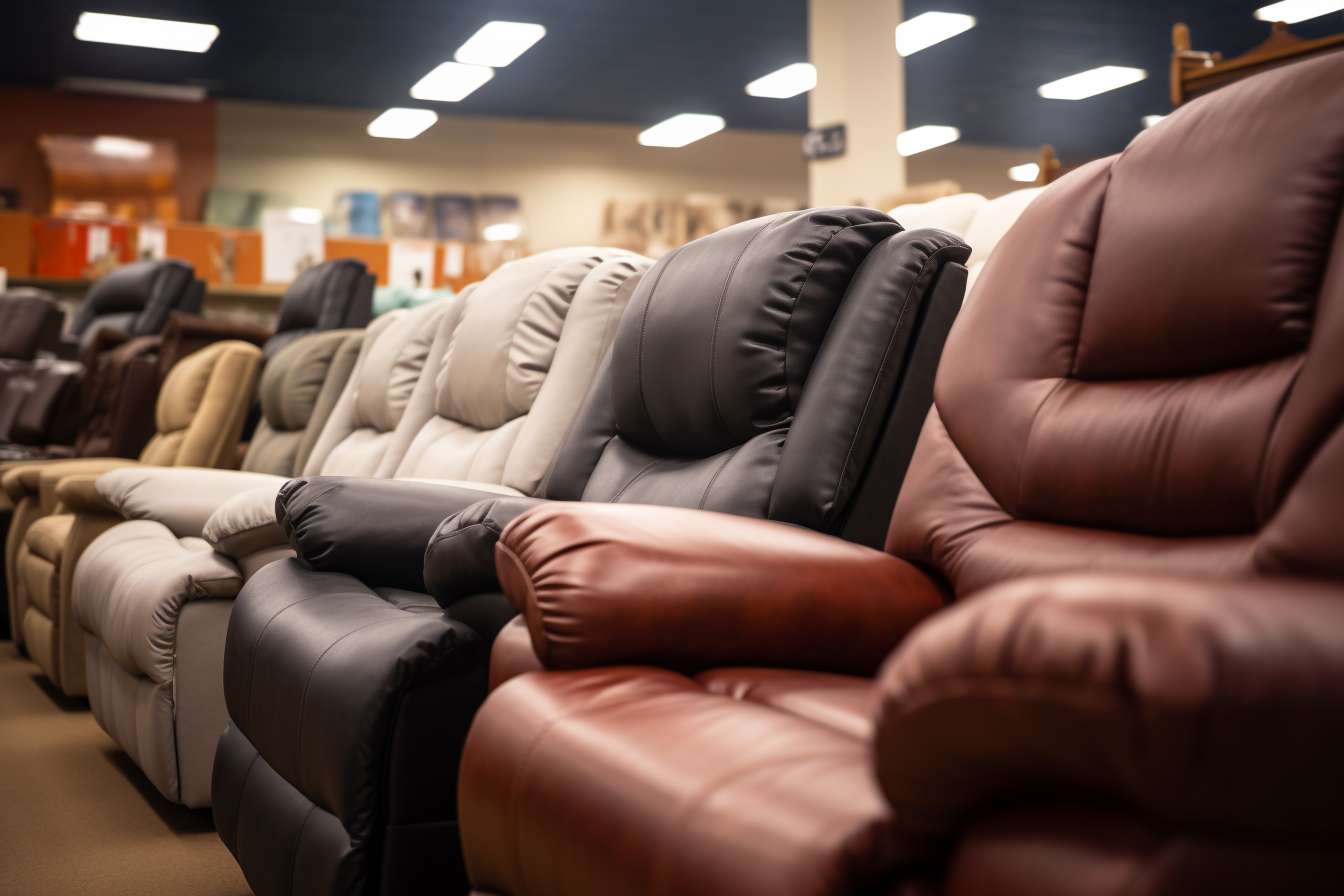The Comprehensive Guide to Infrared Saunas in 2025
Infrared saunas have revolutionized the wellness industry, offering the therapeutic benefits of heat therapy with greater comfort and accessibility than ever before. As we move into 2025, these innovative wellness solutions continue to evolve with advanced technology, improved energy efficiency, and enhanced therapeutic capabilities. This comprehensive guide explores everything you need to know about infrared saunas—from their fundamental working principles to their potential health benefits and important safety considerations.

How an Infrared Sauna Works
Unlike traditional saunas that heat the air around you, infrared saunas use infrared light waves to directly warm your body. These invisible light waves penetrate human tissue up to 1.5 inches deep, generating heat within the body rather than simply heating the air. This fundamental difference creates a more comfortable experience, as infrared saunas typically operate at lower temperatures (120-140°F) compared to traditional saunas (150-195°F), while still producing therapeutic sweating.
The technology behind infrared saunas relies on specialized heaters that emit infrared radiation in different wavelengths—near, mid, and far-infrared. Each wavelength penetrates the body at different depths and potentially offers unique benefits. Modern infrared saunas in 2025 frequently feature customizable wavelength combinations, allowing users to tailor their sessions to specific wellness goals.
The Difference Between an Infrared Sauna and a Traditional Sauna
Traditional saunas and infrared saunas differ significantly in several key aspects. Traditional Finnish-style saunas use wood, gas, or electric heaters to warm the air to high temperatures, creating a hot, often humid environment that heats the body from the outside in. These saunas typically operate at 150-195°F with humidity levels that can be adjusted by pouring water over heated rocks.
In contrast, infrared saunas create a gentler heating experience by directly warming the body without significantly heating the surrounding air. The key differences include:
-
Operating temperature: Infrared saunas work at 120-140°F versus 150-195°F in traditional saunas
-
Heating method: Direct body heating through infrared waves versus heating the air
-
Energy efficiency: Infrared saunas typically use 30-50% less energy
-
Warm-up time: 10-15 minutes for infrared versus 30-40 minutes for traditional
-
Humidity level: Infrared saunas maintain low humidity, while traditional saunas can vary from dry to very humid
Many users report that infrared saunas provide a more comfortable experience while still delivering substantial sweating and relaxation benefits, making them increasingly popular for home installation.
Health Benefits of Infrared Saunas
Research into infrared sauna therapy continues to expand, with several potential health benefits being investigated. While individual results may vary, regular infrared sauna use has been associated with:
Improved circulation and cardiovascular health: The heat exposure causes blood vessels to dilate, potentially improving blood flow and helping to lower blood pressure in some individuals. Some studies suggest regular sauna use may correlate with reduced risk of cardiovascular events.
Pain and inflammation reduction: The deep-penetrating heat may help relieve muscle soreness, joint pain, and certain types of chronic pain conditions by increasing blood circulation to affected areas and potentially reducing inflammation markers.
Enhanced detoxification: Profuse sweating helps eliminate toxins through the skin, complementing the body’s natural detoxification processes. The 2025 models include advanced chromotherapy and specialized detoxification programs designed to optimize this benefit.
Stress reduction and improved sleep: Regular sauna sessions trigger relaxation responses in the body, potentially lowering cortisol levels and promoting better sleep quality. Many users report improved mood and reduced stress following sauna therapy.
Skin health improvements: Increased circulation and sweating may contribute to clearer, more radiant skin by removing impurities and delivering nutrients to the skin’s surface.
Infrared Sauna Models and Pricing in 2025
The infrared sauna market in 2025 offers various options ranging from portable personal units to premium cabin-style installations. Below is a comparison of current market offerings:
| Model Type | Average Cost | Features | Space Requirements |
|---|---|---|---|
| Portable Infrared Sauna | $200-$600 | Collapsible design, single-person use, basic temperature controls | Minimal, stores in closet |
| 1-2 Person Cabin | $1,200-$3,000 | Solid wood construction, digital controls, basic spectrum infrared | 4’ x 4’ space minimum |
| 3-4 Person Cabin | $3,000-$6,000 | Premium wood options, full-spectrum infrared, audio systems | 6’ x 5’ space minimum |
| Premium Models | $6,000-$12,000+ | Full-spectrum heating, smart connectivity, chromotherapy, aromatherapy | 7’ x 6’ space minimum |
Prices, rates, or cost estimates mentioned in this article are based on the latest available information but may change over time. Independent research is advised before making financial decisions.
Operating costs also factor into ownership, with most infrared saunas consuming between 1.5 and 3.0 kilowatts per hour. At average electricity rates, this translates to approximately $0.20-$0.45 per 30-minute session—considerably more economical than commercial sauna memberships over time.
Precautions for Use
While infrared saunas offer numerous potential benefits, they are not appropriate for everyone. Important precautions include:
Medical consultation: Always consult your healthcare provider before beginning sauna therapy, especially if you have cardiovascular conditions, are pregnant, or take medications that affect heat tolerance.
Hydration: Drink plenty of water before, during, and after sauna sessions to replace fluids lost through sweating and prevent dehydration.
Time limitations: Start with brief 10-15 minute sessions and gradually increase to 20-30 minutes as your body adapts. Even experienced users should generally limit sessions to 45 minutes maximum.
Medication and alcohol: Certain medications and alcohol consumption can impair your body’s ability to regulate temperature and increase dehydration risk. Avoid sauna use when under the influence of alcohol or certain medications.
Supervision: Never use an infrared sauna alone if you have health concerns, and always follow manufacturer safety guidelines regarding temperature settings and session duration.
By 2025, many premium models include built-in safety features like automatic shut-offs, temperature limiters, and even biometric monitoring to enhance safety during use.
Infrared saunas represent a significant wellness investment that continues to evolve with technological advances. By understanding how they work, their potential benefits, and proper usage guidelines, you can make an informed decision about incorporating this therapy into your wellness routine.
This article is for informational purposes only and should not be considered medical advice. Please consult a qualified healthcare professional for personalized guidance and treatment.




